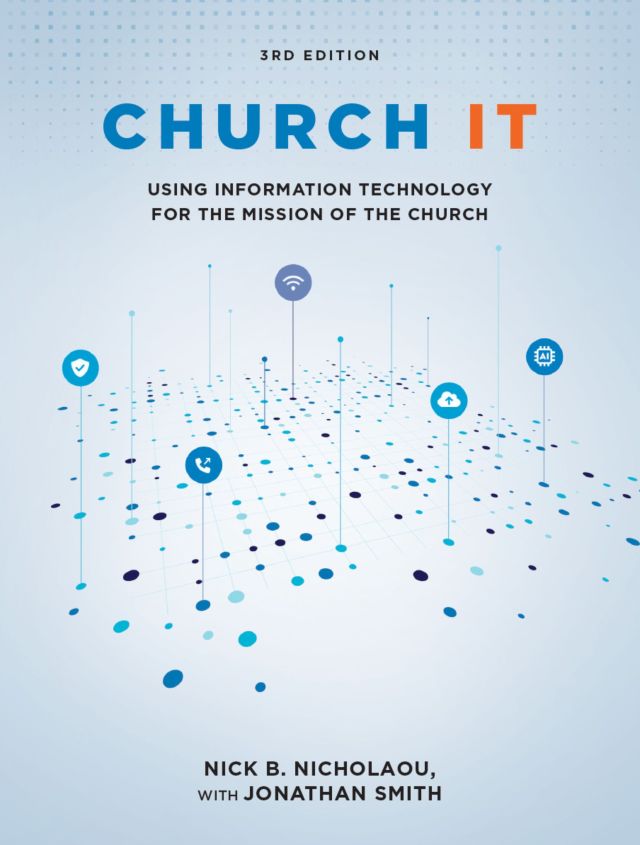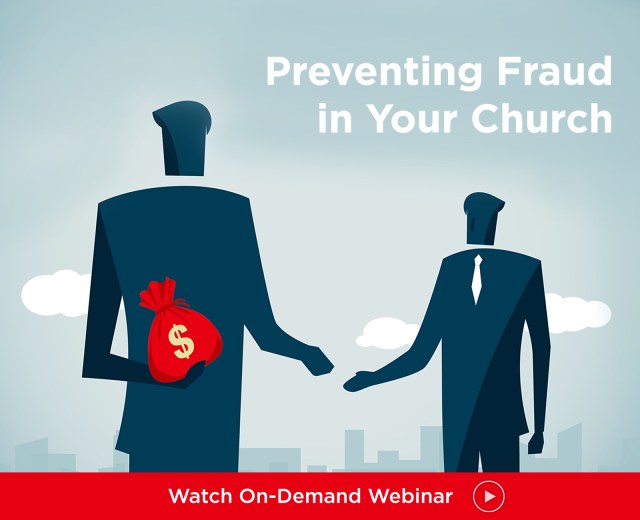• Key point: Making unauthorized copies of newsletters constitutes copyright infringement and is not excused by the so-called “fair use” defense.
• A federal district court in New York ruled that a company’s practice of making several copies of newsletters to distribute among key employees constituted copyright infringement. While the case involved a secular business, it will be directly relevant to churches and other religious organizations. Texaco Oil Company employs nearly 500 scientists and engineers to engage in research. To support its research activities, Texaco subscribes to several newsletters and journals. Texaco scientists frequently make photocopies of articles in these publications. There are many reasons for doing so. First, making copies “frees” the original publication to circulate among other employees. Second, copying permits employees to keep personal copies of the same materials. This enables employees to maintain their own copies of key articles for future reference, to take articles home and read them at their own convenience, and to make marginal notes on their copies instead of defacing the original. Texaco was sued by a number of publishers who claimed that this photocopying infringed upon their copyrights. Texaco insisted that its photocopying constituted non-infringing “fair use.” The court concluded that Texaco scientists did engage in copyright infringement when they made copies of the newsletters and journals, and that the fair use defense was not available. The Copyright Act specifies that “the fair use of a copyrighted work . . . is not an infringement of copyright.” Unfortunately, the Act does not define “fair use.” It does suggest several examples of fair use, including copies made “for purposes such as criticism, comment, news reporting, teaching (including multiple copies for classroom use), scholarship, or research.” However, the Copyright Act states that in deciding whether or not a particular act of copying constitutes fair use, four “factors” must be considered. Those four factors are (1) the purpose and character of the use, including whether such use is of a commercial nature, (2) the nature of the copyrighted work, (3) the “amount and substantiality of the portion used in relation to the copyrighted work as a whole,” and (4) the effect of the use upon the potential market for the copyrighted work. The court evaluated each of the 4 “fair use factors” and concluded that they did not support a finding of fair use. With regard to the first “fair use factor,” the court concluded that the purpose and character of the copying was solely to duplicate the original articles, and that this objective is simply not compatible with fair use. The court observed: “Texaco simply makes mechanical photocopies of the entirety of relevant articles. Nor is the copy of the original employed as part of a larger whole, for some new purpose. The dimensions of the original and the copy are identical. The principal purpose of Texaco’s copies is to supersede the original and permit duplication, indeed, multiplication. A scientist can make a copy, to be read subsequently and kept for future reference, without preventing the circulation of the journal among coworkers. This kind of copying contributes nothing new or different to the original copyrighted work. It multiplies the number of copies.” As to the second factor—the nature of the copyrighted work—the court noted that with respect to scientific newsletters and journals “circulation of such material is small, so that subscriptions must be sold at very high prices. If cheap [copies] could be freely made and sold at a fraction of the subscription price, [the publisher] would not sell many subscriptions, it could not sustain itself, and articles of this sort would simply not be published.” The third fair use factor asks how much of the copyrighted work is quoted—both in terms of quantity and quality. The court noted that entire articles and issues were copied, and that the Supreme Court has ruled that reproduction of an entire copyrighted work “militates against a finding of fair use.” Sony Corporation of America v. Universal Studios, Inc., 464 U.S. 417 (1984). Finally, the court concluded that the fourth factor (market effect) did not support a finding of fair use. Texaco argued that it would not buy additional subscriptions to the newsletters and journals if its scientists could not make individual copies of articles, and accordingly the “market” for the newsletters and journals was not affected adversely by the copying. The court rejected this reasoning. It noted that Texaco certainly would purchase some additional subscriptions if its scientists could not make individual copies. Further, it observed that Texaco could purchase “blanket licenses” from the newsletter and journal publishers, allowing its scientists to make copies of any articles they chose for an annual fee. The court rejected Texaco’s ingenious reliance on the Supreme Court’s landmark decision in the Sony case (referred to above). In Sony, the Supreme Court concluded that homeowners who make copies of television programs on video equipment so they can watch the programs later are not committing copyright infringement but rather are engaged in lawful “fair use”. The Court based this decision on the fact that the copying (1) is private, (2) is noncommercial, (3) is done to permit the homeowner one viewing at a more convenient hour of copyrighted material that was offered to him or her free of charge, and (4) causes no appreciable loss of revenue to the copyright owners. Texaco argued that its scientists, in making copies of individual articles from professional newsletters and journals, were no different than the “time-shifting” homeowner in the Sony case, since they were simply making copies that they could read later at their own convenience. The court rejected this analogy, noting that the making of copies of articles by Texaco scientists from various professional publications “is a far cry from the single user’s one-time viewing in Sony.” American Geophysical Union v. Texaco, Inc., 802 F. Supp. 1 (S.D.N.Y. 1992).
See Also: Fair Use
© Copyright 1993, 1998 by Church Law & Tax Report. All rights reserved. This publication is designed to provide accurate and authoritative information in regard to the subject matter covered. It is provided with the understanding that the publisher is not engaged in rendering legal, accounting, or other professional service. If legal advice or other expert assistance is required, the services of a competent professional person should be sought. Church Law & Tax Report, PO Box 1098, Matthews, NC 28106. Reference Code: m36 c0393




